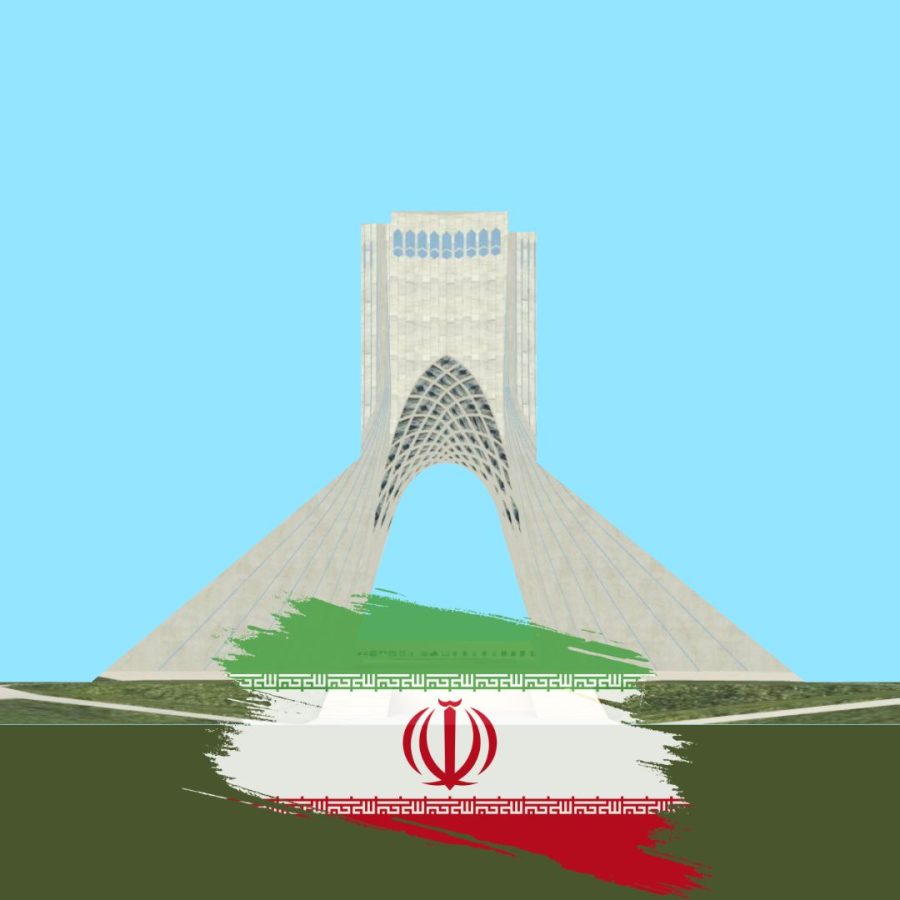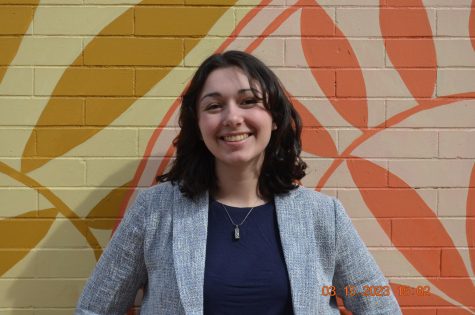An online 3D art exhibition featuring works by more than 50 artists has recently gone live. The exhibit, organized by Los Angeles-based foundation Mozaik Philanthropy, is named “Woman, Life, Freedom” in honor of the Iranian protests following the death of Mahsa Amini. The images reflect the human rights violations in Iran from the perspective of women, as over 80% of the art comes from female artists.
Keely Badger, the executive director of Mozaik Philanthropy, says the exhibit is a response to the Iranian protests. “Our open call for submissions came as a direct response to Iranian protesters asking us to amplify their voice at the onset of the revolution in September,” she said. “Mozaik Philanthropy immediately launched an emergency open call out for art inspired by the slogan ‘Women Life Freedom’, intended to create a global collective of solidarity through the power of art.”
Over 500 artworks were submitted by Iranian artists and 50 anonymous artists were ultimately chosen by a jury. In an online statement from Mozaik Philanthropy, they revealed why none of the artists were named. “All the artwork is shown anonymously out of sensitivity for the severe security concerns for the artists inside Iran and in solidarity with all those who have and continue to risk their lives for freedom,” they said.
Not only is the exhibit a touching tribute to the Iranian citizens’ plight, but an important reminder of the role art plays in political protest. There is a long history of artistic expression influencing social activism. Art can rally people together to fight for a common cause.
PV art teacher Aimee Peters believes that art has the potential to be more influential than other forms of protest. “I think that art is different from other forms of protest in that it evokes an instant and very visceral response. Art is not like a speech or writing that you can go back and think ‘did I read/hear that right?’, but rather the initial response is what sticks with the viewer,” she said.
Peters continued with another example of influential art that created societal change. “The most powerful protest work of art that I have ever experienced is the 1937 oil painting ‘Guernica’ by Pablo Picasso,” she said. “The painting went on to tour around the world, raising funds for Spanish war relief. It was huge in bringing attention to the Spanish Civil War at the time.”
An early example of artistic influence dates back to before the American Revolution with an iconic work created by Paul Revere: “The Boston Massacre.” The hand-drawn image was painted five years before the start of the American Revolution and shows colonial Americans fighting British redcoats. Depicting the massacre created a call of action that was distributed across the colonies and persuaded them to break away from England.
Junior Brie Howell was able to travel to the Art Institute of Chicago with her art class where they experienced another impactful art piece. “I ran into an interactive piece of art at the institute; it was a pile of candy that started out the weight of a person. Viewers are all able to take a piece of candy, slowly causing the art piece to lose weight. The piece represented how the AIDS disease slowly kills a person, starting with losing weight,” she said. “The movement wouldn’t have impacted me the way it did without that visual art installment.”
Artistic activism was also essential during the Civil Rights Movement. Black churches provided artists with materials to create art that depicted the fight against racism. Additionally, photography was an unparalleled art form that furthered the Civil Rights Movement. Photographers had the ability to document violence against Black people and distribute it across the nation. This heightened public awareness of racism and abuse shifted the public’s focus to social justice.
One of the most impactful photographs was Charles Moore’s “Alabama Fire Department Aims High Pressure Water Hoses at Civil Rights Demonstrators, Birmingham Protests.” As the title reveals, Morre captured moments when Black Americans were assaulted with water hoses while protesting.
Another infamous photograph that changed the trajectory of the Civil Rights Movement was Will Count’s “Elizabeth Eckford of The Little Rock Nine.” In the image, a young Black woman stands alone in a crowd of angry, white men and women—menacing glares, screams of rage and expressions of hate are fixated on their faces.
Little Rock Central High School had been planned to be integrated in the fall of 1957. Due to miscommunication, 15-year-old Elizabeth Eckford, one of the “Little Rock Nine,” arrived at the wrong meeting place and was surrounded by a mob of angry white people. The National Guard prevented Eckford from entering the school that day. It took presidential action and protection from American troops for the nine students to eventually enter the school—and this entire incident was documented through photography.
Without art, these events might not have been acknowledged nationwide to the scale they were. Artistic interpretation allows for people to adopt diverse perspectives while connecting them in a way that speeches and protests don’t always do.
“Art shares the story of people. Whether you interpret a piece differently or the same as someone else, you can always find something that creates a connection between you and the artist’s experience, whether that is real or perceived,” Peters concluded. “Art brings people together in a way that is open to interpretation so that we can find connections with each other, no matter how different we are.”
The virtual exhibition for “Woman, Life, Freedom” can be viewed here. It is a touching exhibit that shows the continued influence that art has on protests and social movement









